 English
English-
 Español
Español
-
 Português
Português
-
 Portugiesisch
Portugiesisch
-
 Français
Français
-
 日本語
日本語
-
 Български
Български
-
 한국어
한국어
-
 Türkçe
Türkçe
-
 Nederlands
Nederlands
-
 English
English
-
 Eesti
Eesti
-
 Suomi
Suomi
-
 বাঙ্গালি
বাঙ্গালি
-
 беларуская
беларуская
-
 Ελληνικά
Ελληνικά
-
 Kreyòl ayisyen
Kreyòl ayisyen
-
 עִברִית
עִברִית
-
 हिन्दी
हिन्दी
-
 Magyar
Magyar
-
 íslenskur
íslenskur
-
 Gaeilge
Gaeilge
-
 italiano
italiano
-
 Hrvatski
Hrvatski
-
 Latinus
Latinus
-
 latviski
latviski
-
 Melayu
Melayu
-
 Malti
Malti
-
 Монгол
Монгол
-
 မြန်မာ
မြန်မာ
-
 فارسی
فارسی
-
 Polski
Polski
-
 عربي
عربي
-
 Română
Română
-
 русский
русский
-
 slovenský
slovenský
-
 Slovenščina
Slovenščina
-
 Afrikaans
Afrikaans
-
 svenska
svenska
-
 dansk
dansk
-
 український
український
-
 o'zbek
o'zbek
-
 Cymraeg
Cymraeg
-
Zulu
-
 Tiếng Việt
Tiếng Việt
-
 bosanski
bosanski
-
 Deutsch
Deutsch
-
 eesti keel
eesti keel
-
 ไทย
ไทย
What Are The Similarities And Differences Of The Six Ballet Forms?
Fri Dec 02 09:44:04 CST 2022
1. Italian Ballet
Italy is the birthplace of ballet. As early as 500 years ago during the Renaissance, Italian nobles watched a gorgeous dance called "Bali" or "Balletti" in the court. This dance is the prototype of ballet. The early ballet was more inclined to a noble life fashion, and the ballet performance at that time was only a tool for the monarchs of various countries to show off their rights and wealth.
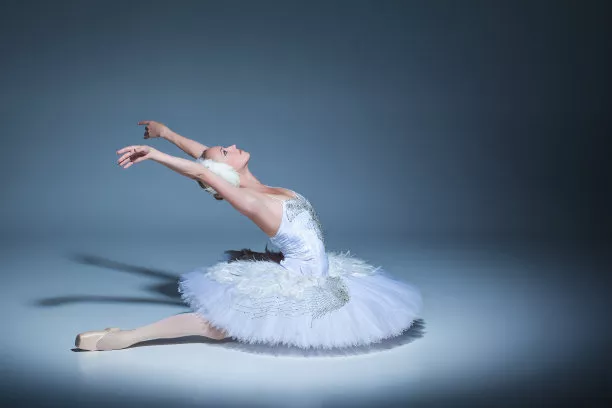
1. Ballet dancers have elegant dancing postures, skilled techniques, and simple and clean movements;
2. While pursuing difficult dance skills, their movements and skills are fast, with clear lines and sharp edges and corners;
3. Xiaotiao's movements are fast, dexterous, and very unique; the spinning technique is superb, and the tricks are unique and varied.
2. French Ballet
France is the origin and center of court classical ballet and romantic ballet. In 1581, Queen Louis XIV personally staged "Queen's Comedy Ballet", which is the first relatively complete ballet in the history of world ballet.
King Louis XIV of France established the world's first ballet dance school during his reign; he formulated the world's first set of ballet foundational and standardized teaching materials and is still in use today.
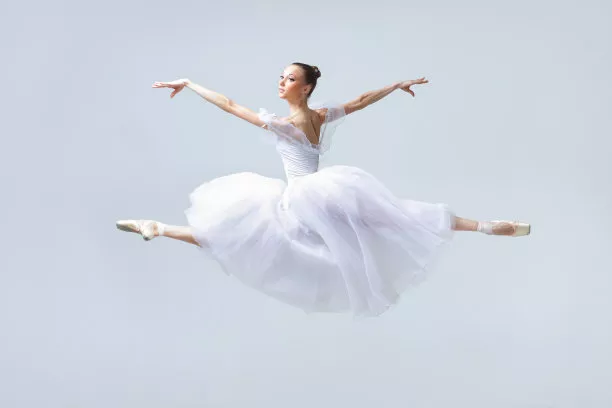
1. Ballet dancers have gorgeous and elegant technical dance postures, with light and slender movements;
2. The hand shape is beautiful and soft, and the technology is superb and unrestrained;
3. Pay attention to the artistic sense of dance, and the dancing posture is famous for its elegance, smoothness, lightness and delicacy.
3. Russian Ballet
Although Russia is not the originator of ballet, they have greatly enriched the art of ballet. Many countries in the world have borrowed the model of Russian ballet.
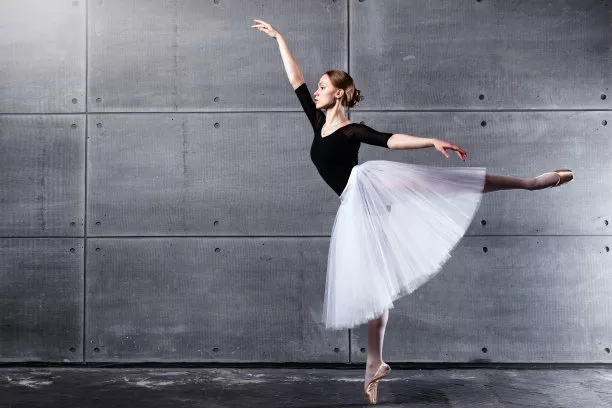
1. The ballet drama is highly dramatic, full of strong artistic appeal, and the artistic style is passionate and bold;
2. The actors have comprehensive skills, not only good at various big jumps and complex and rapid rotations, but also extremely sincere in emotional expression;
3. Their movements are simple, moderate and gentle.
4. Danish Ballet
The Danish ballet came out to the public in 1599. Under the influence of the French court ballet, it went through several dynasties and reached its peak in the period of Federer III. The Danish school has a long history and unique culture. Because ballet art is not only loved by the masses, but also supported by the government, it has become one of the six major ballet schools recognized in the world.
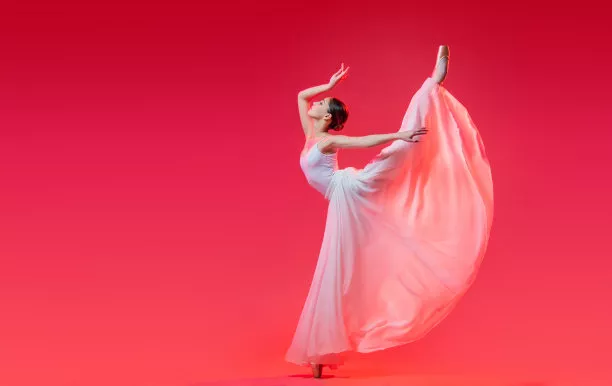
1. Combining classical ballet, romantic ballet and Danish folk dance in the creation of dance drama, focusing on the stability of the body and the coordination of the limbs;
2. Pay attention to the practice of jumping and hitting skills in the training;
3. Very light bouncing, creating a light and smooth style.
5. British Ballet
Ballet officially entered the UK in the 1920s and 1930s. At that time, it was the golden age of Russian ballet. Under the influence of Russian actors Pavlov and Diaghilev, the British had a strong interest in ballet and established a large dance group. Since the 1960s, British ballet has matured and has been widely recognized and spread internationally.
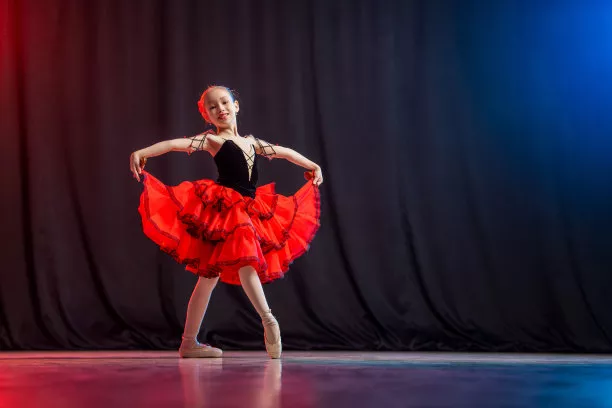
1. The dance movements are very graceful, standardized and delicate;
2. The female dancers have a very good sense of art, and the male dancers spin very beautifully;
3. In the world ballet world, the British school can be said to be unique, superb in acting, and self-contained.
6. American Ballet
American school ballet is a rising star. Although they started late, they are full of innovation and diverse forms, and their performance forms have more modern styles. Since the 1930s, American ballet has entered into a fruitful golden age, and gradually formed a world-recognized American ballet school.
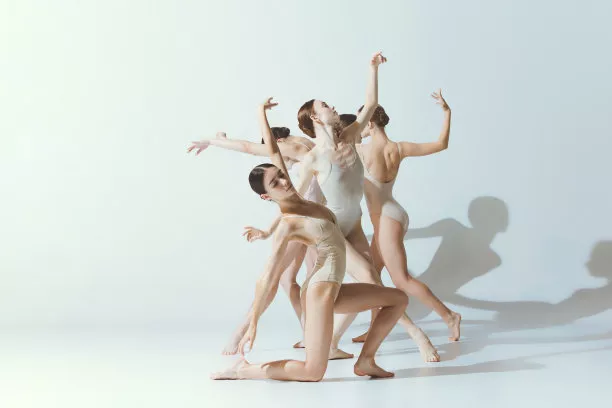
1. Dance works and movements have unique vitality and a fresh and refreshing style;
2. It has obvious characteristics of "symphonic ballet" and is famous for its "speed" and "stability";
3. It has a typical modern style.

